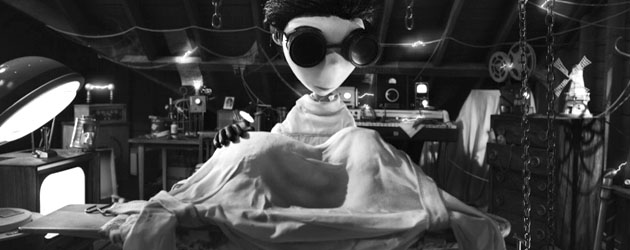Rick Heinrichs

AS: Jess Gonchor described working with the Coen brothers as almost like working with two production designers.
RH: They’re very sophisticated visually, no question about it. A lot of the process of arriving at the look of those films was to pare and select, and pare and select, in a constant process of, this doesn’t work, this doesn’t work, –this works. And then starting to make these really interesting connections between visual elements. You start to see the pattern behind that works for them.
AS: Have you ever been to the Lebowski Fest?
RH: I’ve been to Lebowski Fest one time. Anonymously. I didn’t want to have my body ripped apart and my clothing taken! And once was enough actually. It’s interesting how beloved the film is.
AS: In contrast, your design on the Pirates movies has such a cinematic scale. Did you think about that when you were working on them?
RH: Yes. Mythic, epic, all the other ic’s you can think of! And Gore himself is epic. He was definitely a take-no-prisoners director. I loved working with him because he was such a motivator and so enthusiastic in a really cool way. When I first met Gore he was drawing pirate ships with tentacles all over them. He tries to come up with ideas visually at the same time as he’s coming up with character and story elements.
AS: Did you go to art school?
RH: Yes, I went to Boston University School of Fine Arts. And then I was at Visual Arts in New York taking cartooning classes with some of my heroes: Harvey Kurtzman and Will Eisner and people like that. I was really interested in animation so I came out to California. The one year I was at CalArts just happened to be the year that Tim Burton and John Lasseter were there. The year before was Brad Bird and Henry Selleck and these other directors. Really amazingly talented people who worked across both live action and animation were there at the same time.
AS: Is that where you first met Tim Burton?
RH: I saw his films and knew who he was but I didn’t meet him then. It wasn’t until we were at Disney Studios together and I started doing in-betweens of his drawings for The Fox and the Hound. Then we were thrown together developing concepts for The Black Cauldron, which was their next film. The studio was not sure what to make of Tim and his work. They knew it was cool but they didn’t know if they could make use of it because it was so un-Disney. So they said it was too flat. My background was sculpture at college so I did sculptures of some of his work. I told them, See, it’s not flat! And that was really the beginning of working with Tim.
AS: What was it like working with Tim? David Warren said he was always sketching.
RH: He’s always sketching. You’re not going to find him doing Photoshop painting with a tablet. He’s very much a hands-on artist. He does these very sketchy, very elegant, very economical line drawings of things and throws color on it. He can say so much with such economy. You know exactly what he’s talking about. And you can then flesh it out and create a world around it.